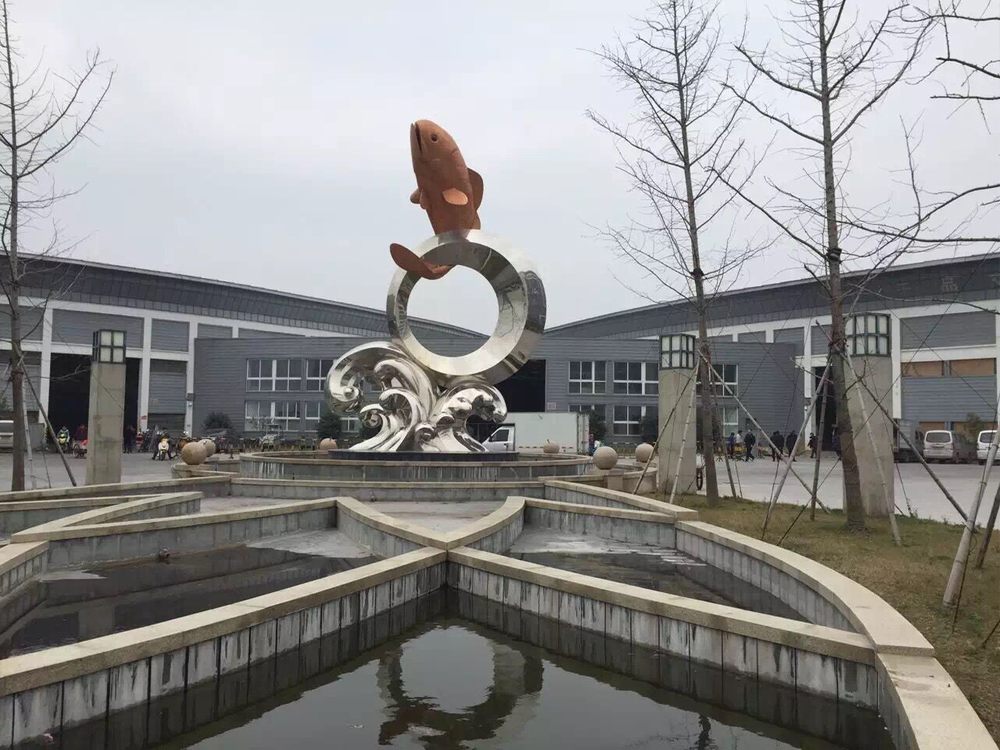
Creating bronze sculptures for high-rainfall regions presents unique challenges that artists and conservators must address to ensure longevity and aesthetic integrity. One primary issue is accelerated corrosion due to constant moisture exposure. Rainwater, especially in acidic environments, reacts with bronze, leading to patina formation or even structural damage over time.
Another challenge is the growth of organic matter like algae or moss on the sculpture's surface, which can obscure details and degrade the metal. Frequent cleaning becomes necessary, but improper methods may harm the artwork.
Additionally, high humidity and temperature fluctuations in rainy climates can cause expansion and contraction of the bronze, leading to cracks or warping. Artists must account for these factors during the design and casting phases.
To mitigate these issues, protective coatings like wax or specialized sealants are often applied, though they require regular reapplication. Proper placement—such as elevated bases or sheltered areas—can also reduce direct water exposure. Despite these challenges, bronze remains a popular medium for outdoor art, with careful planning and maintenance ensuring its endurance in even the wettest climates.

